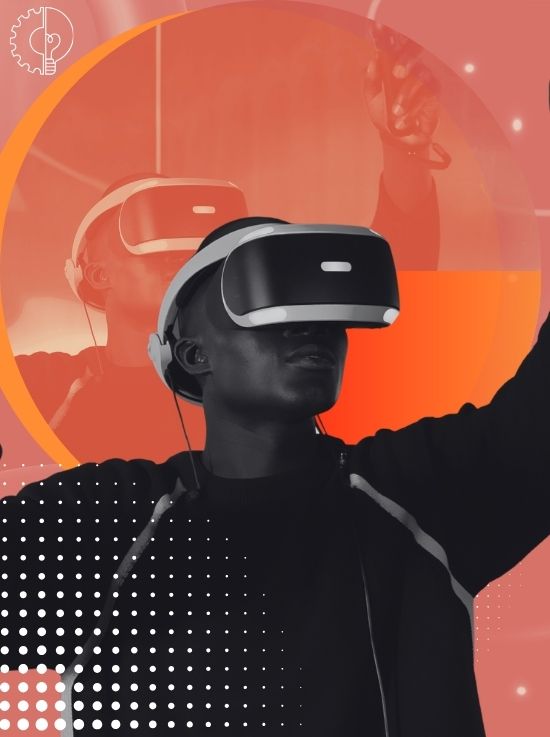Grid technicians are on the front lines of the energy transition. Yet many of the products they work with are not designed with their realities in mind. Poor ergonomics, unintuitive interfaces, and complex installation sequences increase fatigue, raise error rates, and drive costly reworks. In fact, up to 75% of network outages are due to problems with the installation of accessories.
Designing from the installer’s perspective turns product development into a strategic enabler of grid performance. Human-centric design prioritizes intuitive use, real-world behavior, and the physical experience of the technician, not just the engineering specification.
This begins with field observation: understanding how technicians move, use tools, and manage physical strain. By identifying pain points in cable and accessory installation, designers can reduce unnecessary complexity and optimize for real-life conditions.
Practical examples:
- A redesigned MV joint that cuts installation steps from 65 to just 17, dramatically reducing the potential for error.
- An ergonomic, modular joint system that simplifies handling and minimizes physical strain.
These changes, grounded in installer feedback and ergonomic testing, lead to safer, faster, and more consistent installations.
Human-centric thinking also extends to packaging and logistics. Intuitive solutions like retractable handles, wheeled reels, and universal spools improve transportation and handling. These “low-tech” innovations play a high-impact role in reinforcing a more resilient, human-centered grid, while also supporting sustainability.




